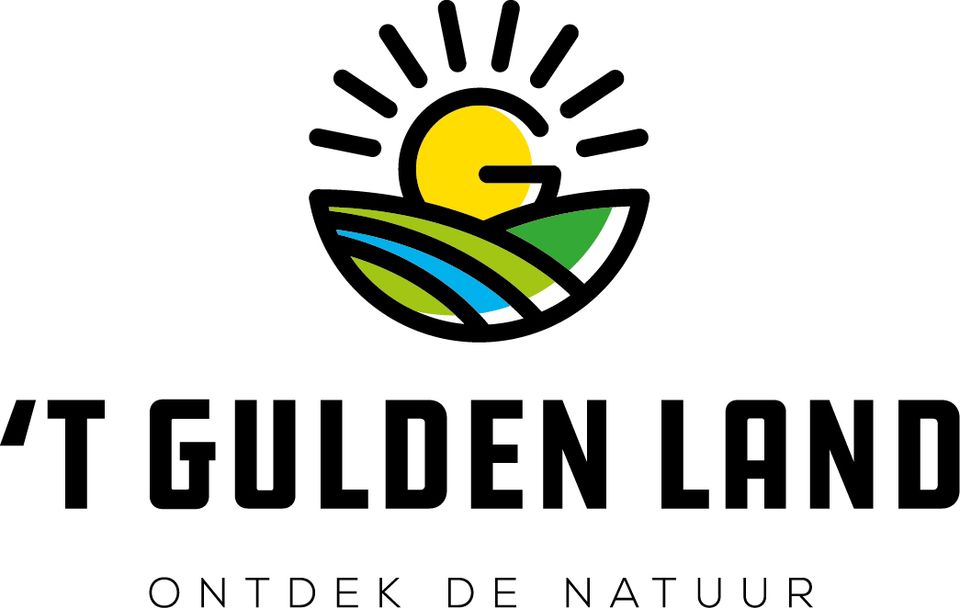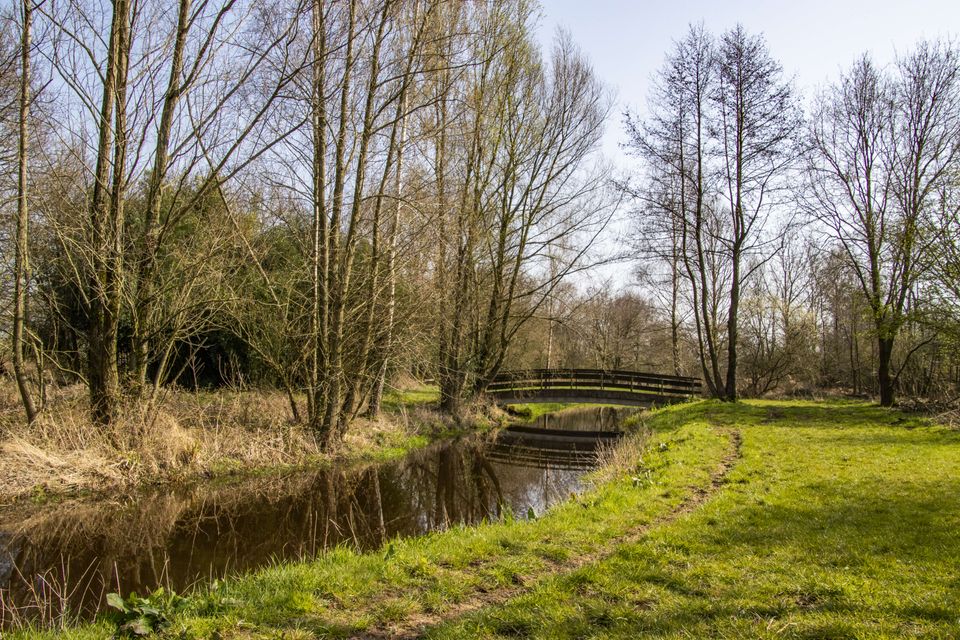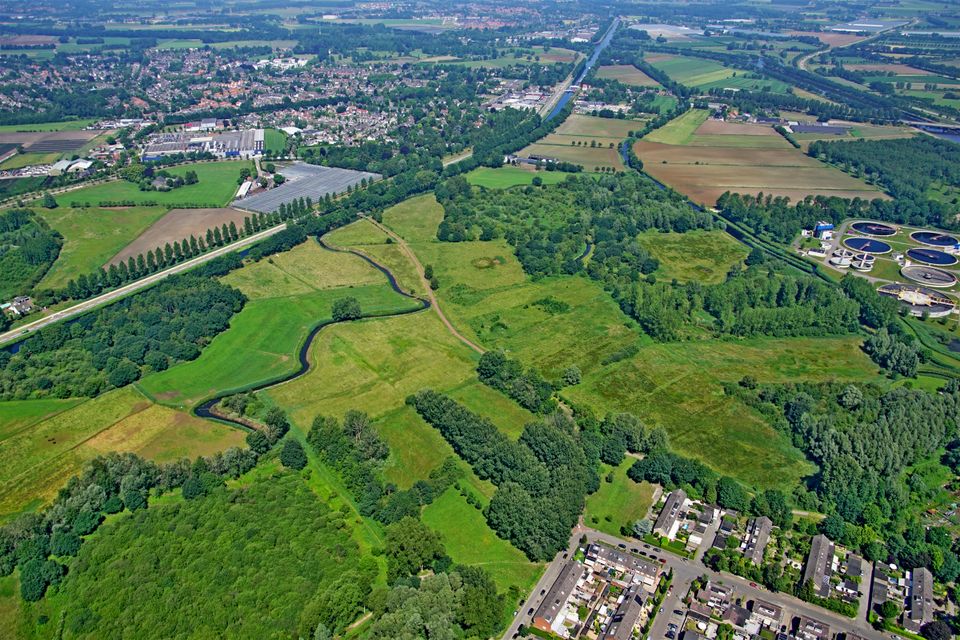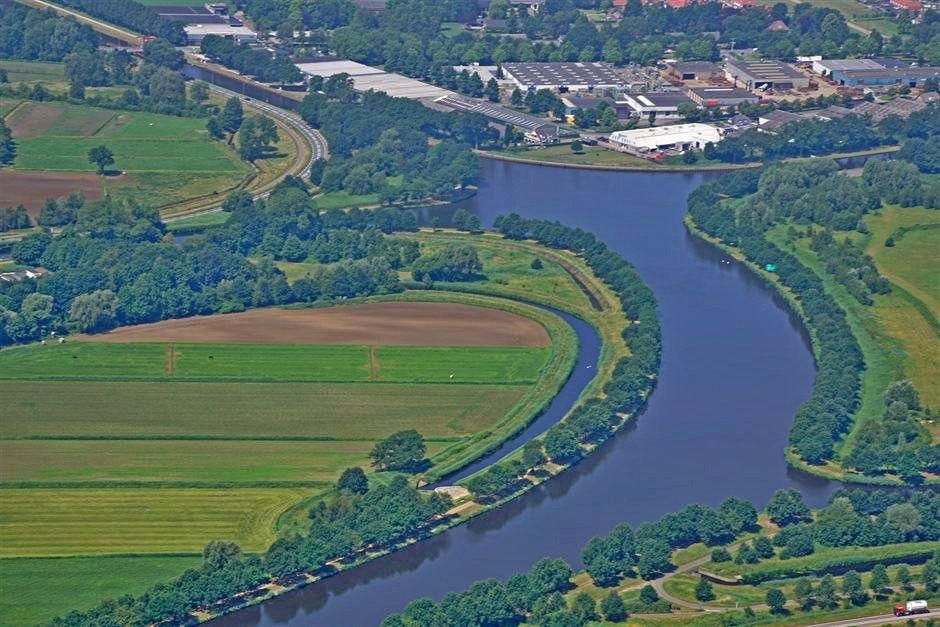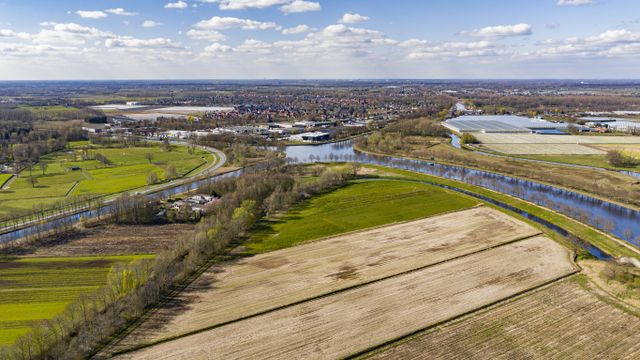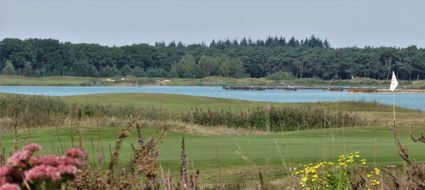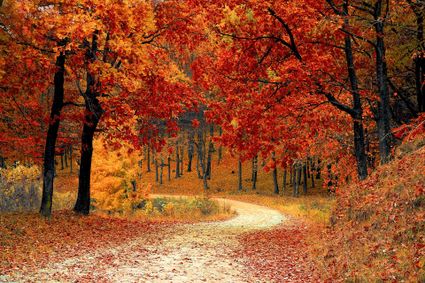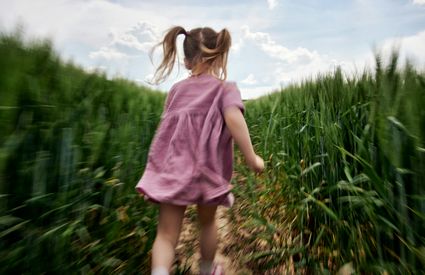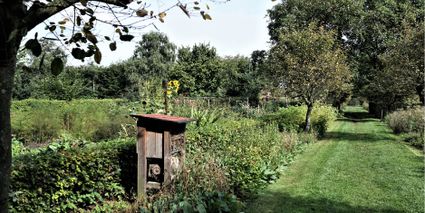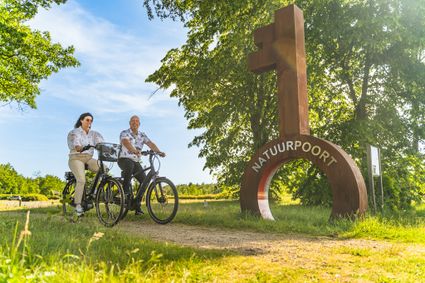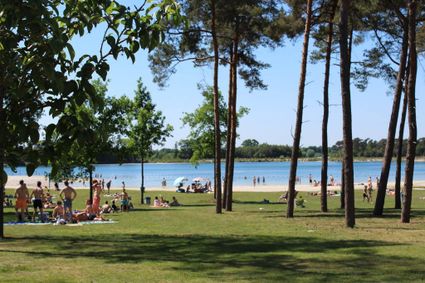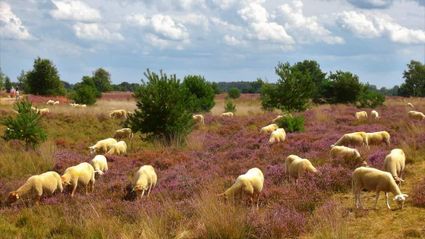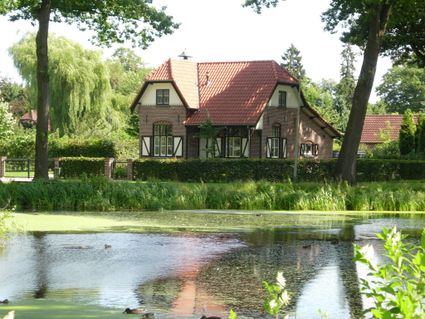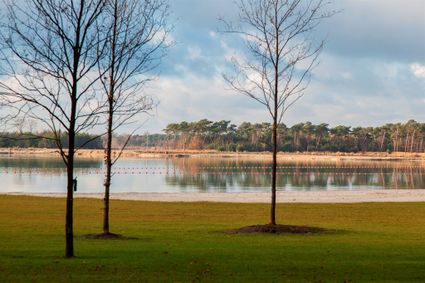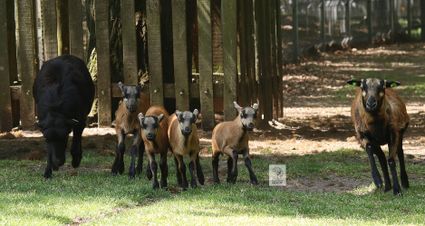't Gulden Land
Neem contact op
Until the end of the 19th century, the castle of the Rixtel family, better known as the “Gulden Huijs”, stood in 't Gulden Land. For centuries, noble lords resided here, ruling over the manor that included the villages of Aarle, Beek, Donk, Stiphout and Rixtel. The lords owned countless large farms and estates. This castle was located near the point where the Bakelse Aa and Gulden Aa rivers converged. The surrounding fertile lands of the Aa valley were probably the reason for adding “Gulden” to this rich piece of land.
The water from the Aa was used to fill the moats aro…
Until the end of the 19th century, the castle of the Rixtel family, better known as the “Gulden Huijs”, stood in 't Gulden Land. For centuries, noble lords resided here, ruling over the manor that included the villages of Aarle, Beek, Donk, Stiphout and Rixtel. The lords owned countless large farms and estates. This castle was located near the point where the Bakelse Aa and Gulden Aa rivers converged. The surrounding fertile lands of the Aa valley were probably the reason for adding “Gulden” to this rich piece of land.
The water from the Aa was used to fill the moats around the castle. There was also a watermill at the Gulden Huijs. In winter, it was powered by the water from the Aa, and in summer, the watermill was powered by horses. After about 350 years of service, the mill was irreparably damaged. A new mill with a lock was built north of the Gulden Huijs. Rapeseed was ground here into linseed oil. In 2015, oak piles and carved pieces of natural stone from this mill were found.
The castle also had a small shipyard where flat-bottomed boats were built. Using small flat-bottomed boats, known as pleiten, various raw materials were transported along the Zuid-Willemsvaart canal to Den Bosch.
By 2025, the area will have been transformed into a nature reserve, accessible to the public. Together with the municipality of Helmond and the Aa en Maas Water Board, the municipality of Laarbeek developed the area from the Kop van Aarle-Rixtel via the Bundertjes to the centre of Helmond-Noord under the name: 't Gulden Land.
Water
From rapids to moments of tranquillity. This characterises the flow of the Gulden Aa and the effect of 't Gulden Land. Just as the pools are a resting place for amphibians on their way to their next destination, the gradually sloping banks give the stream breathing space during peak rainfall. The calming effect of water can be felt by people, animals and nature alike.
Banks
Formerly hidden behind the Kanaaldijk Noord-Oost, now visible winding through the landscape. The meandering Gulden Aa is clearly visible from the bridge over the Janus Meulendijkspad. The gradually sloping banks give the water space and time during peak rainfall. In addition, the banks provide a good habitat for various plant and animal species, both above and below the water.
Current
The varying profile of the Gulden Aa, together with the large stones and old wood in the stream, ensure variation in the strength of the water current. The current influences the temperature and oxygen content of the water, which in turn affects the biodiversity and life in the stream.
Pools
There are several pools along the Gulden Aa. These are a refuge for amphibians, such as pool frogs and crested newts, to rest and relax. A moment of rest during their migration, on their way to their next destination. The pools also provide space for (under)water plants to grow. They undoubtedly provide a good habitat for birds and insects.

